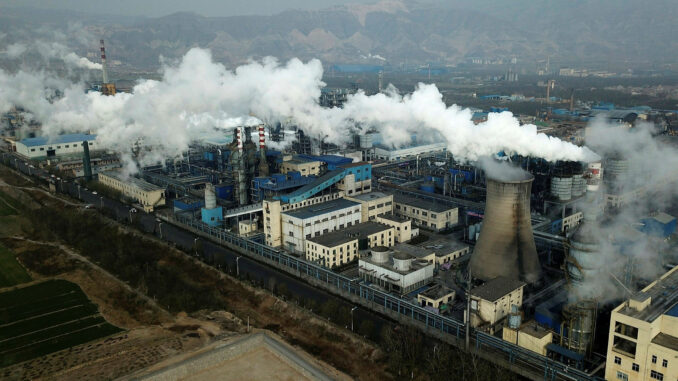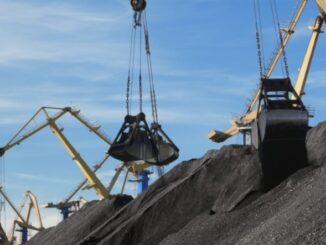
Wind, solar and natural gas have the brightest future in Asia Pacific power generation, although coal is not going anywhere soon, according to experts at Wood Mackenzie.
“Asia Pacific power generation investments are leading the world and expected to hit $2.4 trillion in the current decade, with renewables accounting for over half, or $1.3 trillion of power investments,” said research director Alex Whitworth. He discussed the investments at the inaugural Wood Mackenzie Asia Pacific Power and Renewables Conference.
Whitworth noted, however, that, “We expect coal to make up 55% of fossil fuel investments until 2030 but shrink to 30% in the 2030s as gas dominates.”
Carbon emissions from the region’s power sector, meanwhile, are forecast to peak in 2025 at 7.3 billion metric tons (bmt), according to the consultancy. This equates to 1.8 metric tons per person, less than half the level of most developed countries, the firm said.
“Although we expect a 47% drop in carbon emissions from the power sector from its peak of 7.3 bmt in 2025, inertia in the coal power fleet will prevent Asia Pacific from reaching carbon-free power by 2050,” Whitworth said.
“Adapting new emission reduction technologies such as carbon capture and storage and green fuels (hydrogen, ammonia, biomass, etc.) into coal and gas generation will be key in reducing power sector emissions.”
Wood Mackenzie expects that renewable energy subsidies will be rolled back over the current decade, while stronger policy targets and cost declines continue.
“In most Asian markets, subsidy-free renewable power will not be able to compete with coal power until 2025 or later,” researchers said.
Wind and solar investments in the region are expected to be led by Mainland China, Japan, India, South Korea and Taiwan.
“China’s 1,200 GW of wind and solar capacity target by 2030 will require more than 534 GW of renewables to be added over the next decade,” said principal consultant Xiaoyang Li. “This will boost annual wind capacity to over 40 GW from 2021 to 2030.”
Principal analyst Robert Liew added, “Offshore wind power will play a key role in supporting Japan’s 2050 net-zero target. Meeting this target would require building new offshore wind capacity equivalent to one new nuclear reactor every year until the middle of this century.”
South Korea, meanwhile, is expected to quickly become an offshore wind leader in Asia, with 4.4 GW in the immediate development pipeline, said research analyst Ken Lee.
Solar power also is seen growing across the region.
Said senior analyst Rishab Shrestha: “Southeast Asia is one of the hottest solar market regions in the world, with installed capacity more than doubling every year since 2018.
“There will be a momentary slowdown with subsidies pulled back, but the region will add over 100 GW of solar in the next 10 years.”
Australia, for its part, has the highest variable renewable energy share in generation and is expected to grow that share from 20% in 2020 to 78% by 2050, said senior analyst Le Xu. She noted that Australia “is closing aging coal-fired plants and facing reliability and cost challenges at least 10 years earlier than other Asian countries.”
In a report issued in April, Wood Mackenzie experts forecast that natural gas demand and prices were likely to stay resilient even if human-induced global warming is contained to 2 C. Under this scenario, “resilient Asian gas demand leads to reliance on 290 million metric tons/year of pre-final investment decision” liquefied natural gas (LNG) supply, “including higher-cost U.S. LNG,” researchers said.
Shorter-term, consumption in Asia’s industrial sector is expected to drive a 3.2% year/year increase in global gas demand during 2020, according to the International Energy Agency.



